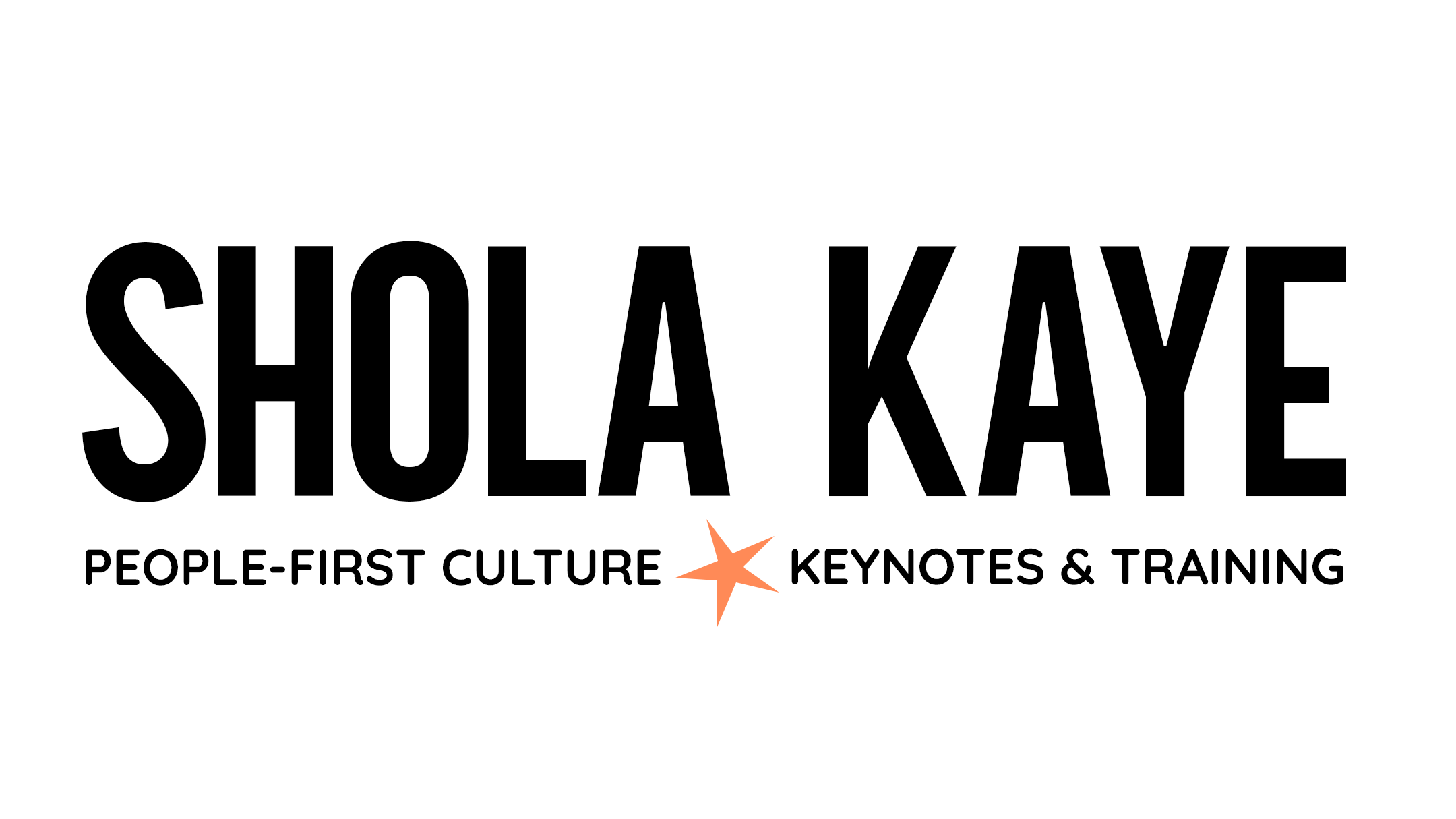Public Speaking – Remember to ASK, DON’T TELL
This is an AI generated transcript so please forgive any errors and spelling mistakes.
Are you struggling a bit with your public speaking?
You are struggling with your public speaking.
What’s the difference between those two? Well, in the first situation, of course, I asked. And in the second situation I told. We’re going to look today at the difference between asking and telling your audience and the impact that this has upon them.
First of all, let me say hello. I’m Shola Kaye, public speaking coach and professional speaker based in London. I work with business owners, with people who want to boost their careers with their public speaking and communication and also with organizations around the world.
Asking versus telling. Typically, people want to be invited rather than forced. In the same way, if you are trying to pique your audience’s interest quite often asking them is a nicer way to get them involved than if you tell them what they should be feeling, who they are, what you know about them.
Public Speaking – by asking you’re making an invitation
The reason this topic came up is yesterday I was running an online workshop with one of the groups of business owners I work with. I run a course that’s called Get Clients with Speaking and every three months or so we have whether a live workshop, live in-person or live online. One of the participants had created a presentation and she started out the presentation by telling people what their problems were. She was in particular addressing people who owned properties and struggled with the tenant behaviour. She was saying “you are suffering from this… you have encountered that… you have been in this situation before…”.
Now, that may well be true, but isn’t it a nicer way to address people with a question saying “have you been in this situation before? have you ever encountered tenant who did XYZ to your property? has this happened to you in the past?” because it’s an invitation for people to get involved.
If you are directive and you say to people “this is what has happened to you before” and perhaps it hasn’t happened in quite the same way you described, you’re giving people an opportunity to put up barriers between you and between them and to say no. “No, that hasn’t happened to me… no, I haven’t had a bad tenant before”. Versus “have you ever had a bad tenant?” then you’re invited to say yes but you can say no, no problem either way. Which is why I want to share with you that you should be, in your presentations, asking your audience. Inviting them to follow you along with questions rather than telling them.
Public Speaking – you’re taking the audience in a journey with you
Another example could be that you are talking about yourself. You’re telling them about an encounter that you’ve had or a story. It might be that you go and climb Mount Everest. So your speech might be “l climb Mount Everest and gosh it was really hard, and I struggled but then I overcame, and here I am today telling you the story…”. So you’re telling there.
How much more inviting to ask questions of the audience along the way: “have you ever set yourself a challenge that you didn’t know that you could complete? Well that’s how I felt when I booked my trip to go to Mount Everest… Have you ever been so exhausted that you didn’t think you could take another step? Well that’s how I felt when I was halfway up the to the summit and I just thought I couldn’t go on… Have you ever experienced this? Has it ever been like that for you?”
You asking those little questions along the way makes all the difference. It gets your audience involved it invites them to go on a journey with you. It stops you from falling into a trap of either telling them how they are or of just telling them about yourself without inviting them to go on that journey with you. If you’re the sort of speaker who’s who uses I, I, I or me, me, me a lot, or you might use you but it’s “you’ve done this, you’ve done that, you’re in this situation” think about asking and not telling.
Public Speaking – make your presentation a more positive experience
Think about inviting rather than forcing or pushing people in a particular direction. You’ll typically find that you form a better bond with the audience and your results are more positive if you ask an invite rather than tell and push.
I hope that helps. Just a simple tip today stay in touch connect with me on LinkedIn it’s Shola Kaye. Go to www.sholakaye.com you’ll find some freebies that you could sign up for. And if you are a business owner interested in growing your business of speaking why not get in touch asked me about my Get Clients with Speaking Program. Or maybe even invite me to come into your office and give a presentation.
That’s it from now and I’ll see you soon. Remember ask, don’t tell.
Cheers.
***
P.S. Whenever you’re ready… here are 4 ways I can help you improve your speaking or grow your business:
1 – Get my free guide – 5 frameworks to ace a short speech.
Create a speech stress-free and fast. Make it work every time.
2 – Connect with me on LinkedIn.
3 – Do you need a speaker or a workshop for your organisation? Get in touch.
4 – Find out about coaching and courses.
